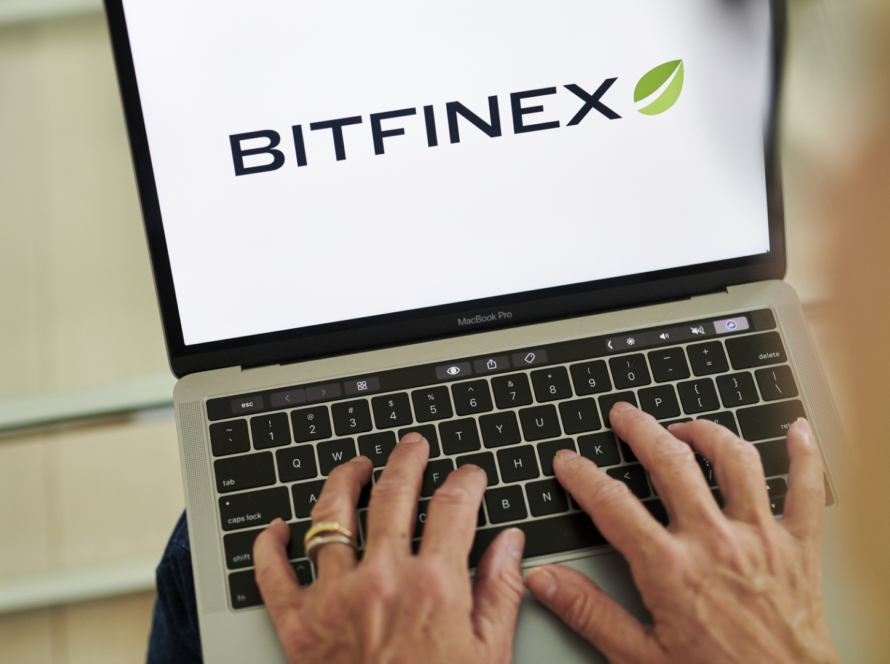Version 2 of the NFT marketplace Blur boasts an impressive 50% reduction in gas fees, bolstering its dominance.
It’s been a busy year for Ethereum NFT marketplace Blur. The disruptive OpenSea competitor has now launched Version 2, introducing a string of new features for users.
The marketplace stated that V2 is “heavily optimised” to save gas, with trading now costing 50% less. “At current gas prices, you save $16 for every NFT you buy on Blur v2. All smart contracts for Blur v2 have been audited by Chain Light,” it said.
V2 also features trait bidding, which lets users bid on ‘mids, rares or any other trait’ a user may want. Prior to V2, users could only use Blur to place collection bids.
Trait bidding is supported on all collections, but some collections will have the additional feature of earning trait ‘bidding points’.
Blur outlined that “You can earn more points for trait bidding on Punks, Degods, Milady’s, and 9 other collections. Trait bids earn more points based on how much higher they are than the top collection bid.”
Despite launching less than a year ago (October 2022), Blur has grown to be one of the most disruptive NFT marketplaces in Web3. In Feburary, the marketplace surpassed OpenSea in terms of trading volume. One of Blur’s most popular (if not controversial) features is Blend – a perpetual lending protocol that matches users looking to borrow against their NFTs with lenders offering the most competitive rates.
Read more: “Extremely dangerous”: Blur’s Buy Now Pay Later NFT lending protocol triggers mixed response
Blur likens Blend to home ownership via mortgaging. In practical terms, Blur explained: “If you have a Punk, you can now borrow up to 42 ETH within seconds. If you want an Azuki, you can now buy one with just 2 ETH up front”.
Less than 22 days after launching Blend, the marketplace claimed an 82% share in the NFT lending market, accumulating 169,900 ETH (approximately $308 million) in trading volume.
Blend attracted controversy when it first launched due to concerns of overexposure. “The first rule for NFTs”, NFT collector ‘Taki’ tweeted: “is only invest money you can afford to lose. If you need a loan, you’re overexposed. Just don’t do it and don’t let blur tell you something else. In this space there are kids playing with money. Giving them a loan and take their pocket money is just criminal.”
Web3 lawyer Jesse Hynes went as far as tagging the SEC in a tweet, citing the protocol as “extremely dangerous”. He said: “Seriously tho, people are now getting loans for above floor price. If you want to sell you’ll probably get more by taking a loan on the NFT and never making payments….”
Many investors have also started to point fingers at Blur over the past few weeks as the NFT market has taken a sharp downturn. Blue chip Bored Ape Yacht Club crashed to two-year lows, and Azuki’s Elementals drop was such a flop that the Azuki DAO started to demand refunds from the founding team.
Investors claim that Blur incentivises risky activity and excessive flipping, treating NFTs as fungible ‘altcoins with pictures‘ rather than unique non-fungible tokens.
Disclaimer: CryptoPlug does not recommend that any cryptocurrency should be bought, sold, or held by you. Do conduct your own due diligence and consult your financial advisor before making any investment decisions.




